
Shuffle Dance for Beginners – What You Need to Know
- 1. Understanding Shuffle Dance
- 2. Essential Shuffle Dance Moves for Beginners
- 3. How to Start Learning Shuffle Dance
- 4. Tips for Improving Your Shuffle Dance Skills
- 5. Where to Practice Shuffle Dance
1. Understanding Shuffle Dance
Shuffle dance is a high-energy, rhythmic style of dance that involves quick footwork, smooth gliding movements, and precise timing. It has gained popularity through electronic dance music (EDM) events and festivals, but it can be practiced in various settings, from clubs to home studios. The shuffle dance is known for its fluid motion and is often associated with house music beats, though it can be adapted to other genres as well.
The Origins of Shuffle Dance
While shuffle dance has evolved over time, it can trace its roots back to the Melbourne Shuffle, a dance style that originated in the 1980s in Melbourne, Australia. This style combined elements of disco, hip-hop, and rave culture, creating the foundation for the modern shuffle dance that we know today.
Why Shuffle Dance is Popular
Shuffle dance appeals to beginners and advanced dancers alike because of its accessibility and the versatility of the movements. It’s also a fantastic form of exercise, combining cardiovascular benefits with muscle toning and coordination. Plus, the dance style allows for creative expression and personal flair, making it a fun and energizing way to get moving.
2. Essential Shuffle Dance Moves for Beginners
For beginners, there are a few essential shuffle dance moves to master before diving into more advanced routines. These basic moves form the foundation of shuffle dance and will help you get comfortable with the rhythm and footwork. Let’s look at some key steps:
1. The Running Man
The Running Man is the most iconic move in shuffle dance. It involves a gliding motion where you simulate running in place, shifting your weight from one leg to the other while sliding your feet back and forth. This move is done quickly to match the beat of the music, and once you get the hang of it, it can look incredibly smooth.
2. The T-Step
The T-Step is another fundamental move in shuffle dancing. This move involves stepping side to side with one foot while keeping the other foot stationary in a “T” shape. As you improve, you’ll add in additional spins and twists, creating a more fluid motion.
3. Gliding
Gliding is a smooth movement in shuffle dance that involves sliding your feet across the floor while maintaining a controlled, fluid motion. It can be done forward or backward, and it pairs well with the Running Man and T-Step for a full shuffle routine.
3. How to Start Learning Shuffle Dance
Learning shuffle dance can be both fun and challenging. Whether you’re self-taught or seeking professional instruction, here are some steps to help you get started:
1. Start with Basic Steps
Before you attempt to string together complex routines, start by learning the basic moves like the Running Man and T-Step. Break down each move into smaller segments and practice them slowly before building up speed. Mastery of the basics will provide the foundation for more advanced moves.
2. Practice with Music
Shuffle dance is all about timing with music, so it's important to practice with a good playlist. Start with slow or medium-tempo music to get a feel for the rhythm. As you get more comfortable, you can move on to faster beats to challenge your coordination and speed.
3. Watch Tutorials
If you’re learning on your own, consider watching online tutorials. There are plenty of resources available on YouTube or dance platforms that offer step-by-step guides for beginners. These visual aids can help you understand the footwork and movements more clearly.
4. Take a Dance Class
If you prefer a more structured approach, you can sign up for a shuffle dance class. Many dance studios offer classes specifically for beginners who want to learn shuffle dance or other styles of electronic dance. Instructors can help you correct your form, improve your technique, and accelerate your learning process.
4. Tips for Improving Your Shuffle Dance Skills
As with any form of dance, practice is key to improving your shuffle dance skills. Here are a few tips to help you level up:
1. Focus on Footwork
The most important aspect of shuffle dancing is the footwork. To improve, practice isolating your feet and ensuring that each step is clean and precise. Work on building your coordination and agility by practicing regularly.
2. Work on Your Balance
Shuffle dance involves a lot of movement from side to side, so maintaining balance is crucial. Focus on strengthening your core and leg muscles to improve your stability and control while dancing. This will help you perform smooth, uninterrupted movements.
3. Add Personal Style
One of the best parts of shuffle dance is that you can make it your own. Once you have mastered the basic steps, feel free to add personal flair. This could include changing up your arm movements, adding spins, or incorporating other dance styles into your shuffle routine.
4. Record Yourself
Recording yourself while you dance can be an excellent way to track your progress and identify areas for improvement. Watching your videos will allow you to see your posture, foot positioning, and overall form, making it easier to spot mistakes and adjust accordingly.
5. Where to Practice Shuffle Dance
Practicing shuffle dance can be done in a variety of places, depending on your preferences. Here are some common spots where you can practice:
1. At Home
Practicing at home is ideal for beginners who may feel self-conscious dancing in public spaces. Find a spacious area with a smooth floor where you can practice your moves comfortably. You don’t need any special equipment—just your music and plenty of room to move around.
2. Dance Studios
Dance studios often have larger spaces and a supportive environment for learning. Some studios offer shuffle dance classes, providing the chance to get professional instruction and interact with other dancers. This can be especially helpful if you're looking for more personalized feedback.
3. Dance Events and Festivals
For more advanced dancers, practicing at dance events or festivals can provide the perfect opportunity to hone your skills in a social setting. Many EDM festivals have shuffle dance floors where you can connect with fellow enthusiasts, learn from others, and challenge yourself in a high-energy environment.
Whether you’re learning the basics or improving your shuffle dance skills, the journey is all about fun, movement, and self-expression. For expert dance instruction and resources, visit American Dance Academy to find the right products, classes, and support to enhance your dance journey.
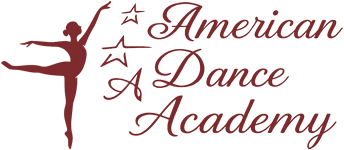
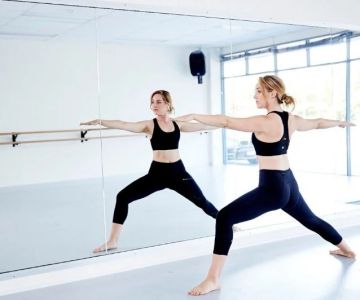

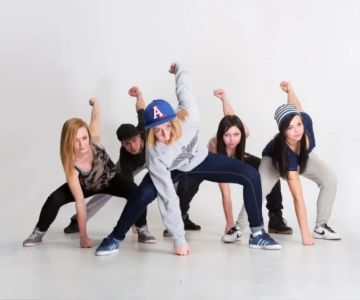


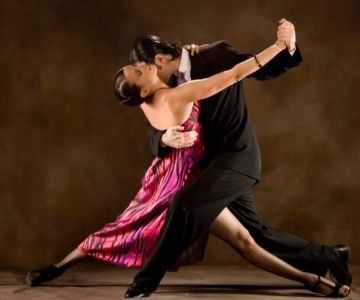
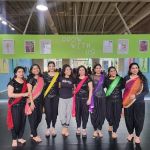 AMNA Dance5.0 (4 reviews)
AMNA Dance5.0 (4 reviews) Fadeyev Ballet5.0 (4 reviews)
Fadeyev Ballet5.0 (4 reviews)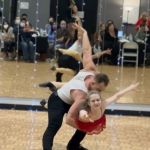 Weslans Dance Co0.0 (0 reviews)
Weslans Dance Co0.0 (0 reviews) Scorpion Dance5.0 (24 reviews)
Scorpion Dance5.0 (24 reviews) Aftershock Dance Studio4.0 (10 reviews)
Aftershock Dance Studio4.0 (10 reviews) Cynergy Dance Company4.0 (20 reviews)
Cynergy Dance Company4.0 (20 reviews) Best Oldies Dance Ideas for High Schools | Organizing a Nostalgic Event
Best Oldies Dance Ideas for High Schools | Organizing a Nostalgic Event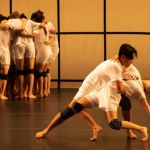 Can We Film in the Kaufman School of Dance USC – Rules & Tips
Can We Film in the Kaufman School of Dance USC – Rules & Tips Can a Homeschooler Go to Public School Dances?
Can a Homeschooler Go to Public School Dances?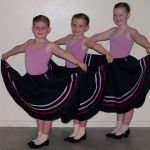 What Grade Is the First School Dance and Why It Matters
What Grade Is the First School Dance and Why It Matters Are Cow Bells Allowed at Kentucky High School Dance Competitions?
Are Cow Bells Allowed at Kentucky High School Dance Competitions? How to Master Bachata Trending on TikTok – Tips and Techniques
How to Master Bachata Trending on TikTok – Tips and Techniques